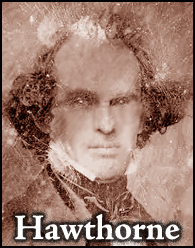Motor City Madness
Sunday, May 31, 2009
posted by Leo Grin

I discovered the following gem several years ago while reading through some old REHupas, and wonder if my fellow blogger Steve Trout remembers it. Steve is currently the longest serving REHupan, having been a member since 1976 with only a short gap of inactivity during all those years.
In his ‘zine Beltric Writes #10 for July 1979, Steve ran a copy of a Howard-related newspaper item he had come across. The funny thing from a modern perspective is the author of the piece. Steve wrote, “This here on the right is from the letters column of the Detroit News,” and then reproduced the following tidbit:
JUNE 11
There must be something special about the 11th of June. It was on June 11, 1936, that Robert E. Howard, the creator of Conan the Barbarian, committed suicide. On June 11, 1979, the Detroit News decided to drop the Conan the Barbarian comic strip. And also on June 11, I decided to drop the News.
— Gary Romeo, Royal Oak
Back then, of course, Gary was unknown to Trout and the rest of REHupa, he was just a name in a newspaper. It would be almost two decades later, in October of 1997, when Gary would sign up with REHupa and formally “meet” Trout and the rest of the a.p.a.’s top-flight Howardists. I’m guessing Gary never knew that his first appearance in the pages of REHupa was actually in 1979! Earlier even than Rusty!
PS — June 11, 1979 has an even greater, non-REH resonance for me: that was the day John Wayne died. The thirtieth anniversary of the Duke’s death is this year.
Steve adds: Yes, I came across that some years ago. Gary actually visited my sf fan club during those years, but we didn’t meet. Obviously, a pastiche-lover even then.

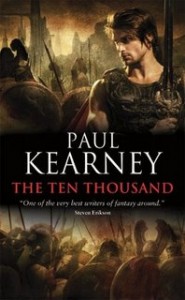
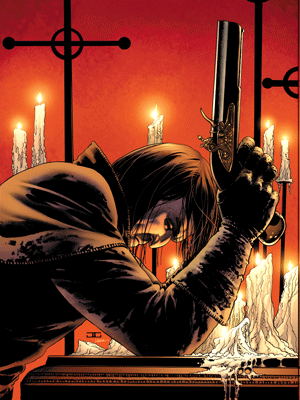

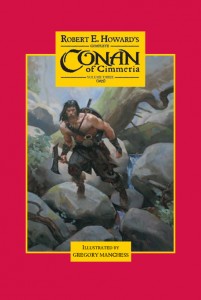
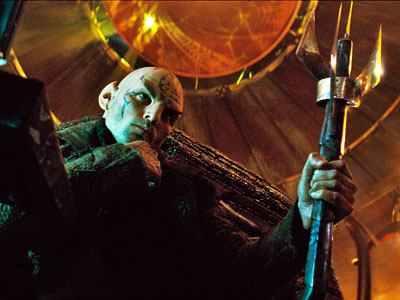
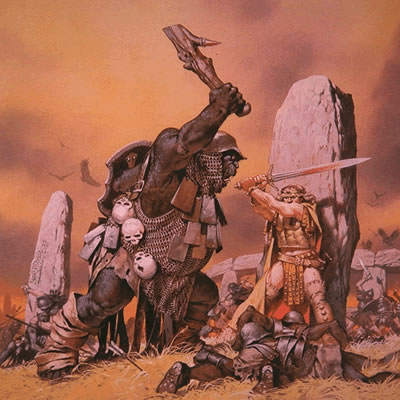
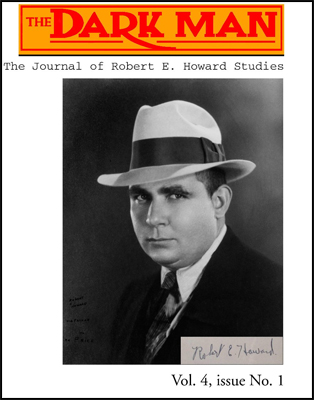
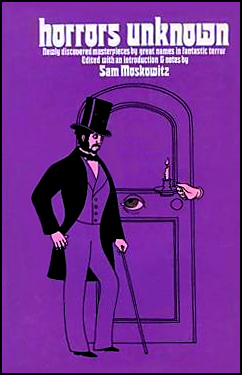 I see my fellow blogger Deuce Richardson has mentioned “The Challenge From Beyond” in his recent post. Unlike “Ghor, Kin-slayer,” however, this round robin actually works as a story, though it certainly has its quirks.
I see my fellow blogger Deuce Richardson has mentioned “The Challenge From Beyond” in his recent post. Unlike “Ghor, Kin-slayer,” however, this round robin actually works as a story, though it certainly has its quirks.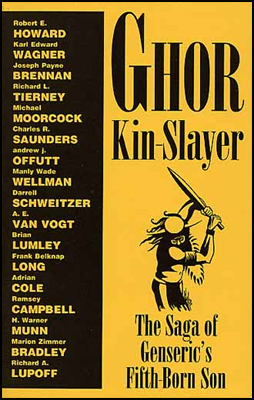 Sometime in the late 1970s, the Rev. Jonathan Bacon (a one-time member of REHupa) came up with a fairly cool idea. Bacon was the editor of Fantasy Crossroads, a Howard-centric fanzine. Through Glenn Lord, Bacon had acquired the Robert E. Howard fragment, “Genseric’s Fifth-Born Son” (the title derives from Lord, as far as I can ascertain), a part of the “James Allison” series of reincarnation tales. Bacon thought it would be interesting to bring together many of the active fantasy authors at that time and have them “complete” Howard’s fragment in a round-robin fashion. Robert E. Howard himself had participated in something similar when he wrote a chapter for “
Sometime in the late 1970s, the Rev. Jonathan Bacon (a one-time member of REHupa) came up with a fairly cool idea. Bacon was the editor of Fantasy Crossroads, a Howard-centric fanzine. Through Glenn Lord, Bacon had acquired the Robert E. Howard fragment, “Genseric’s Fifth-Born Son” (the title derives from Lord, as far as I can ascertain), a part of the “James Allison” series of reincarnation tales. Bacon thought it would be interesting to bring together many of the active fantasy authors at that time and have them “complete” Howard’s fragment in a round-robin fashion. Robert E. Howard himself had participated in something similar when he wrote a chapter for “